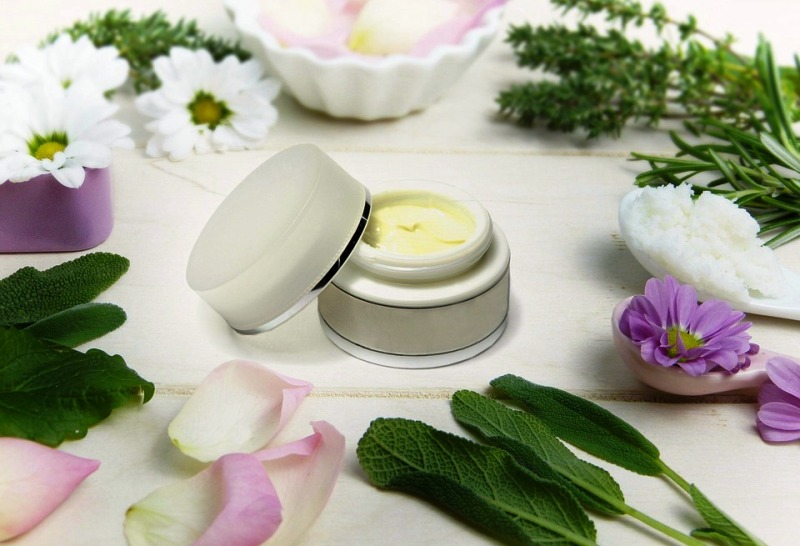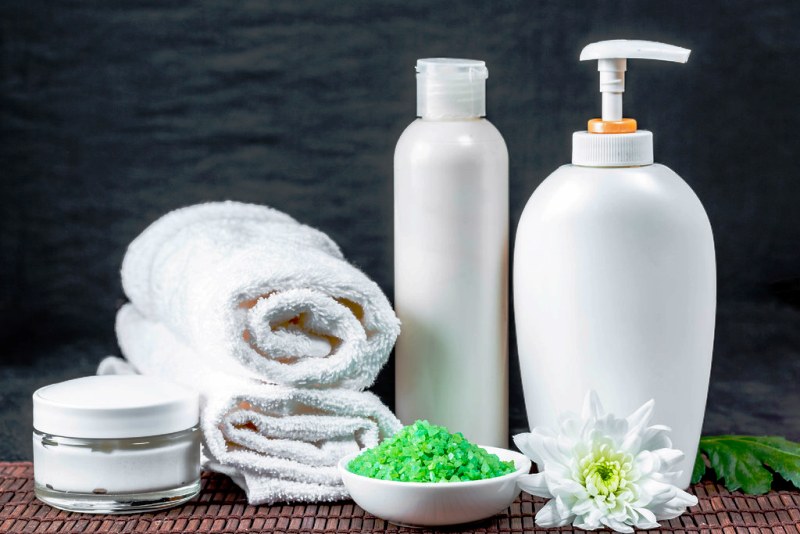
How to Make Your Own Cosmetics
Summary
– Advantages of homemade cosmetics
– Making your cosmetics: the weaknesses
– Basic kit to make your cosmetics
Making your cosmetics allows both better preservation of the environment and a better consumption dynamic. It will enable you to banish everything that is not essential while using ingredients that respect the skin. Also, the manufacturing of these homemade cosmetics must harm the environment as little as possible: for example, particular attention is paid to the notion of over-packaging. Let’s see closer below.
Advantages of homemade cosmetics
Everyone can manufacture simple beauty items by making homemade cosmetics using simple recipes. Among the advantages of this method, we can find:
– the use of ingredients in small sizes to reduce consumption and limit waste;
– the reuse of empty bottles or jars to give them a second life;
– the low dilution of mixtures with water, highly present in industrial cosmetics to reduce costs, in favour of hydrolates;
– the choice of materials rich in active ingredients such as vegetable and essential oils or acids, known for their effectiveness;
– ingredients of natural origin, without synthetic perfume or preservatives, or organic;
– the limitation of risks of cutaneous reactions, allergies or danger for health due to industrial materials such as parabens or surfactants;
– their safe use for young children as well as for pregnant or nursing women.
Note: Beginners can sign up for courses or follow video tutorials to get expert advice on making their first preparations.
Making your cosmetics: the weaknesses

Despite its strong appeal, making your own cosmetics can present some obstacles. We can thus reproach this method:
– the impossibility of treating severe skin problems or diseases such as acne, eczema or psoriasis;
– the need to invest in a considerable number of ingredients to produce only a small quantity of your personal cosmetic;
– the long time needed to make the product, and the methods that can seem tedious: infusion of ingredients, cooking, resting time, etc.;
– the tendency of these homemade cosmetics to expire more quickly than their industrial counterparts due to the lower presence of preservatives in the preparations;
– the cost of a homemade product, which can sometimes be higher than that of industrial cosmetics.
Good to know: it is, however, possible to use natural preservatives to extend their shelf life.
Basic kit to make your cosmetics
The most popular do-it-yourself products are:
– creams and balms;
– lipsticks;
– kinds of milk and oils.
It is necessary to obtain the following essential ingredients to get started:
– active ingredients, such as hydrolats or essential and vegetable oils, to be chosen according to the purpose: toning, relaxing or anti-ageing;
– natural preservatives, such as vitamin E or grapefruit seed extract, to limit the development of bacteria;
– aromas or perfumes;
– natural gums or waxes (beeswax, candelilla wax, etc.) for textures;
– emulsifiers and natural surfactants so that non-miscible ingredients can mix or foam.
Finally, you will also need containers, such as reused or non-reused jars, as well as labels.
Good to know: it is advisable to dedicate utensils exclusively to preparations and clean and disinfect them after each use.
All these ingredients are affordable and can be purchased over the counter in chemists, organic stores, and the Internet.
Hope this post helps you make your own cosmetics. We would be far more than happy to hear about your experience. Remember to comment and share, and also don’t hesitate to request a particular topic of your interest. We will get back to you with as much relevant information as possible.
